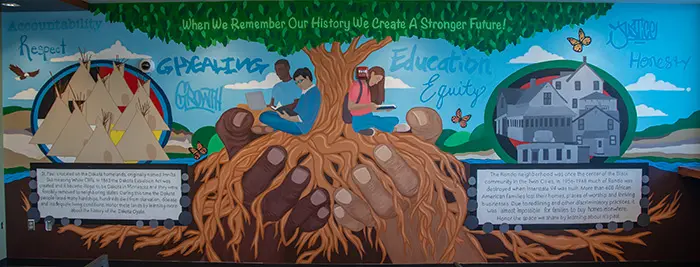BIAS – A disproportionate weight in favor of or against an idea of thing, usually in a way that is closed-minded, prejudicial, or unfair. Biases can be innate or learned. People may develop biases for or against an individual, a group, or a belief (Psychology Today).
IMPLICIT BIAS – Also known as unconscious or hidden bias, implicit biases are negative associations that people unknowingly hold. They are expressed automatically without conscious awareness.
BIAS INCIDENT – an act of bigotry, harassment, or intimidation that is motivated in whole or in part by bias based on an individual’s or group’s actual or perceived race, color, creed, religion, national origin, gender, age, marital status, disability, public assistance status, veteran status, sexual orientation, gender identity or gender expression. Bias often stems from fear, misunderstanding, hatred and stereotypes and may be intentional or unintentional.
DISCRIMINATION – Behavior that treats people unequally because of their group memberships. Discriminatory behavior, ranging from slights to hate crimes, often begins with negative stereotypes and prejudices. Discrimination refers to “action(s) based on prejudice toward social others. How we think about groups of people determines how we act toward them; discrimination occurs when we act on our prejudices. Our prejudice toward others guides our thoughts, organizes our values, and influences our actions. These prejudgments, when left unexamined, necessarily shape our behaviors. Once we act on our prejudices, we are discriminating. Acts of discrimination can include ignoring, avoiding, excluding, ridicule, jokes, slander, threats, and violence” (Sensoy & DiAngelo, 2012, p. 32).
HARASSMENT – Unwelcome conduct or communication that is based on actual or perceived membership in a protected class, including stereotypes of protected classes, that has a negative effect or is likely to have a negative effect on the complainant or the workplace or educational environment. Harassment may occur in various relationships, including faculty and student, supervisor and employee, student and student, staff and student, employee and employee, and other relationships with persons having business at or visiting the educational or working environment.
